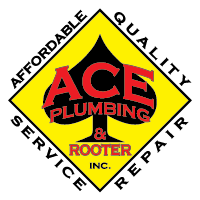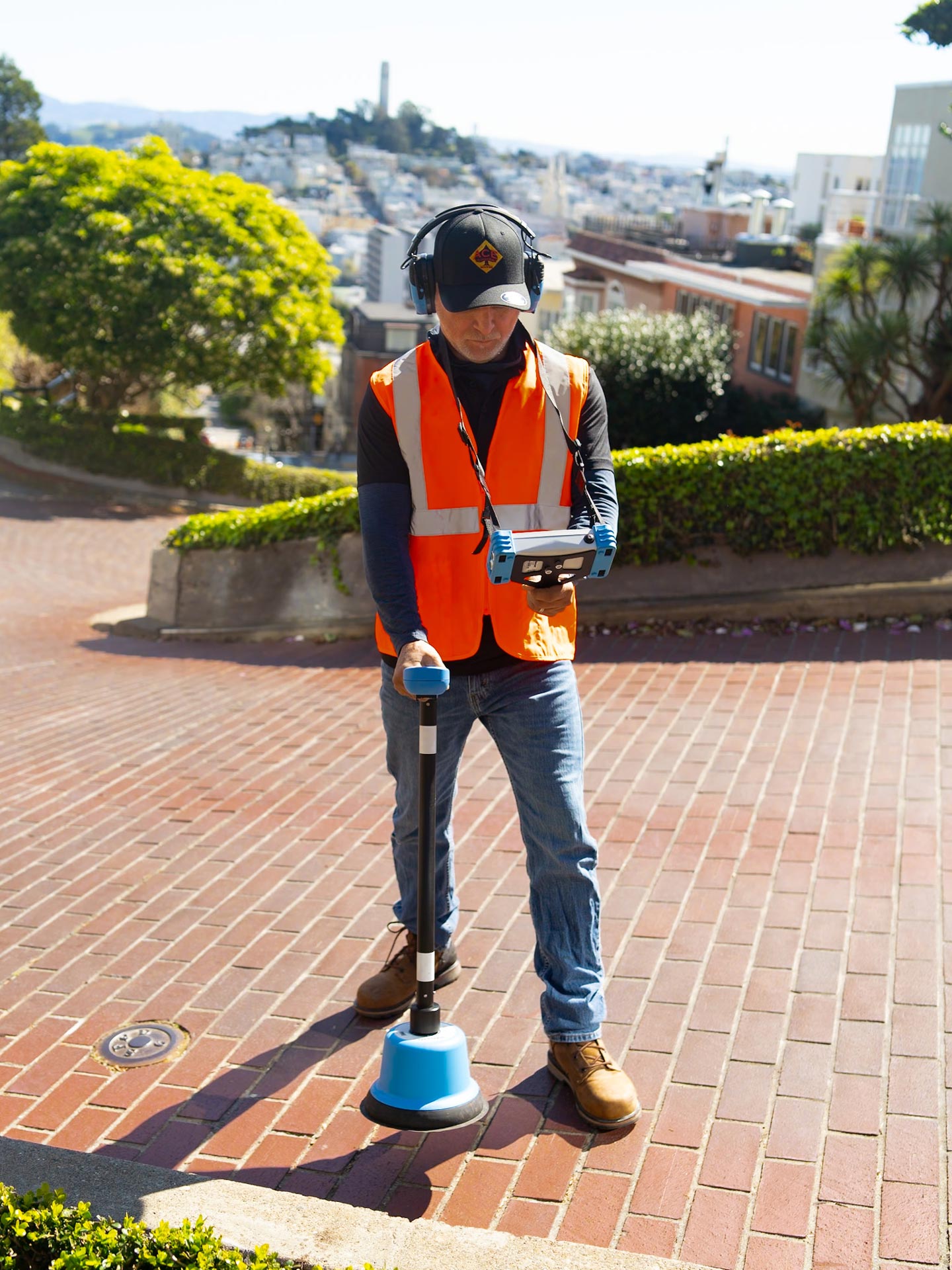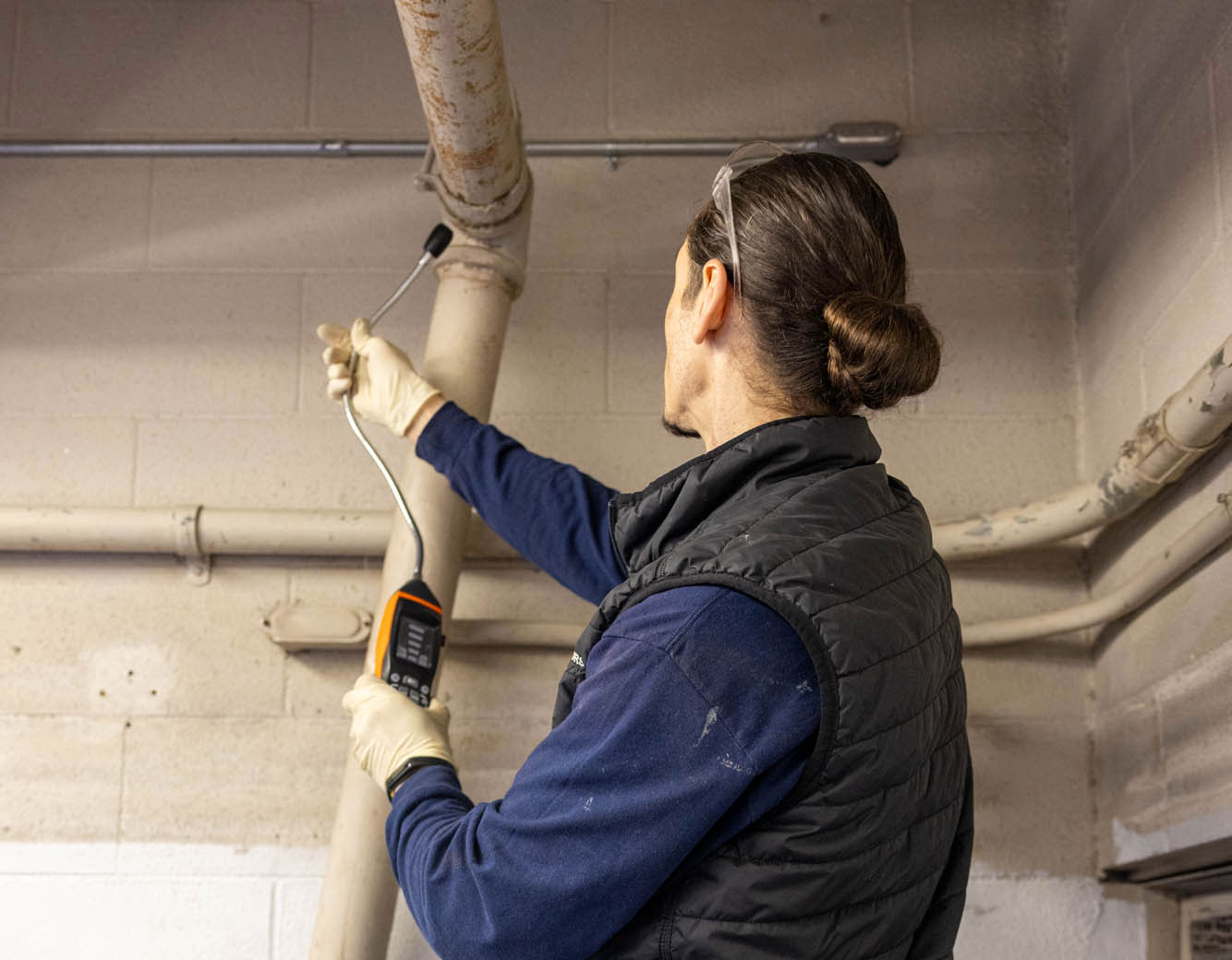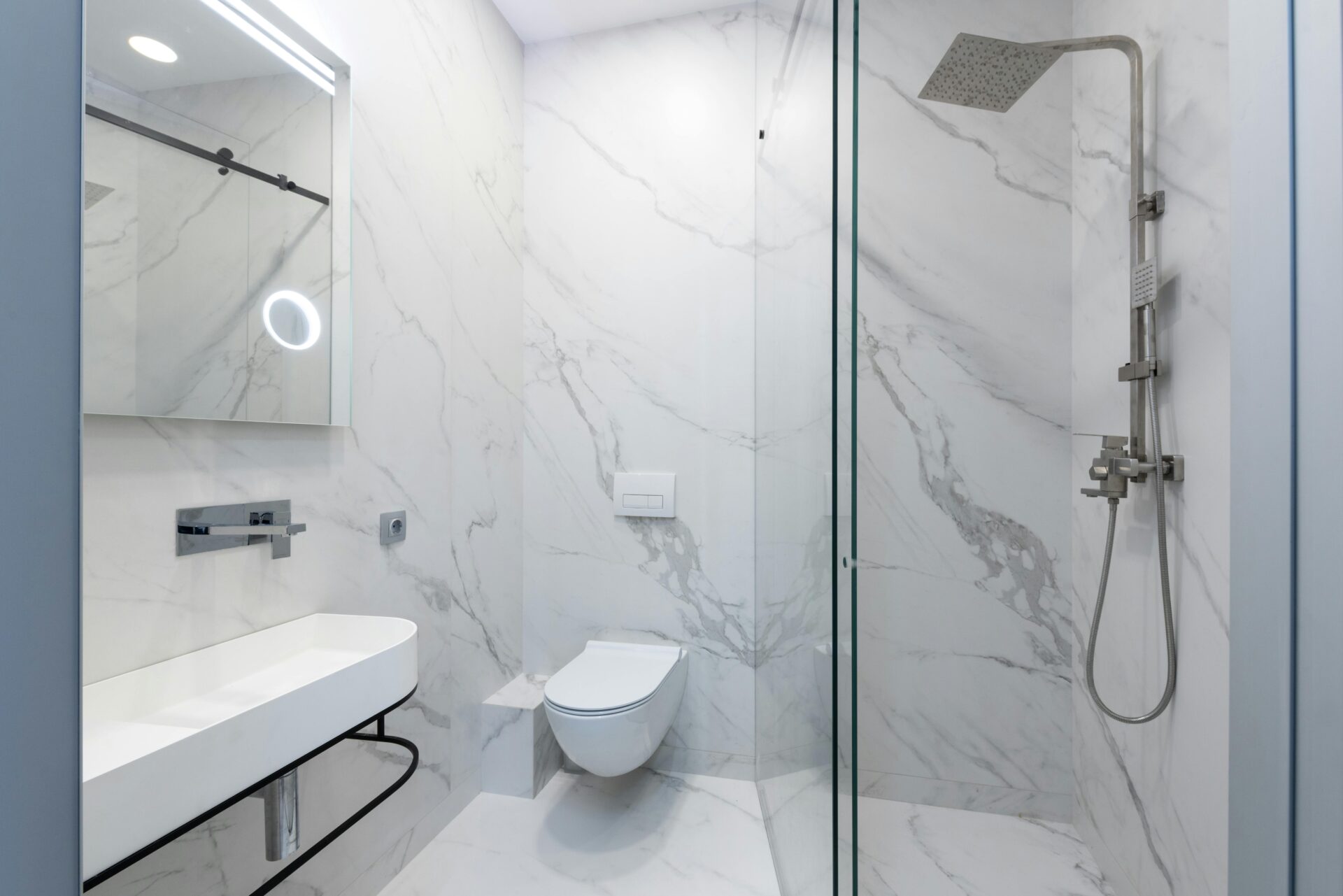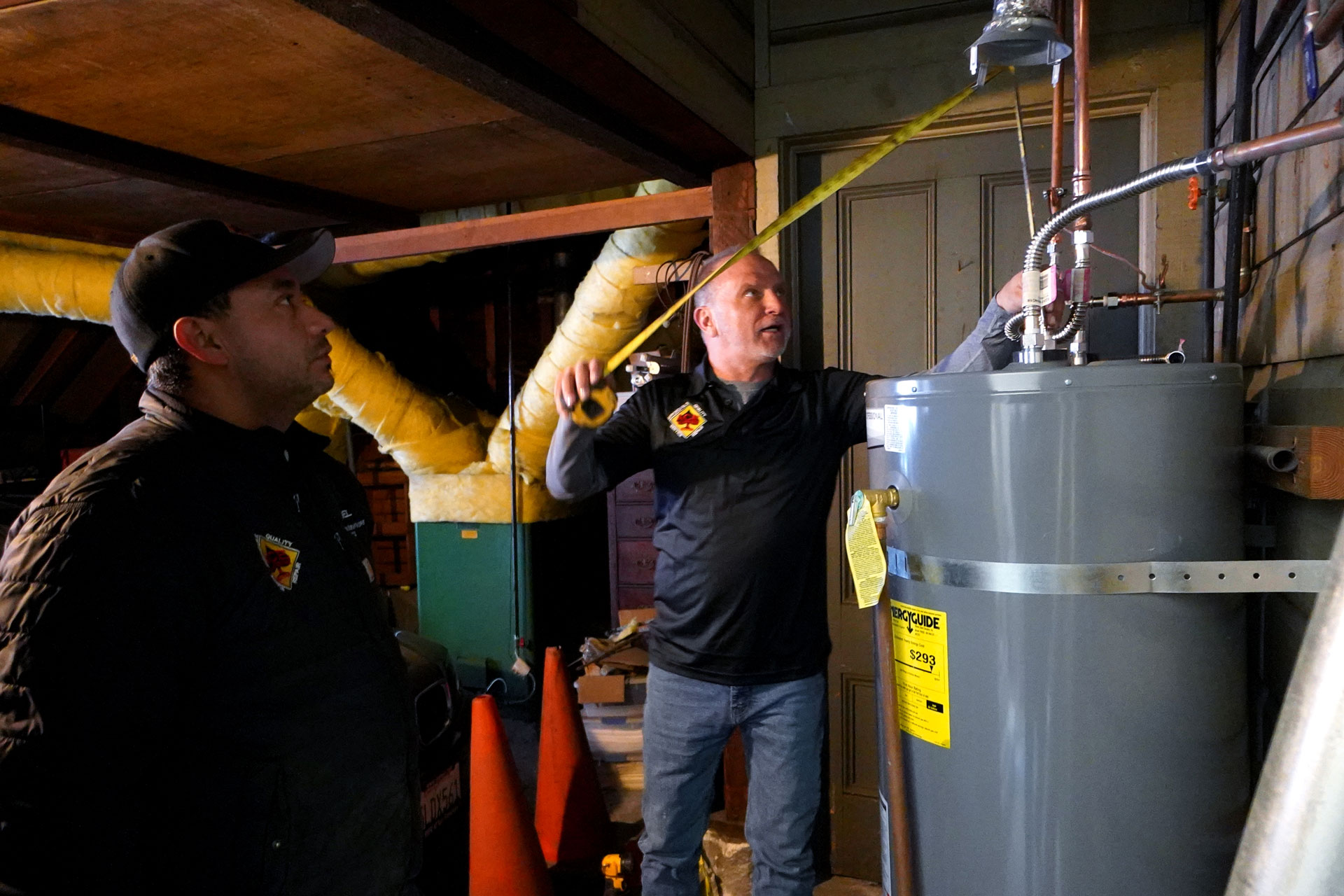What Is Annual Backflow Testing?
Backflow testing is an essential process for maintaining the safety and integrity of your home’s plumbing system. It involves checking for potential cross-connections, which could lead to contaminated water entering your clean water supply. As a homeowner, it is crucial to understand what annual backflow testing entails and why it is necessary.
Preparing for an Annual Backflow Test
Before your annual backflow test, there are a few things you can do to ensure the process goes smoothly. First, make sure all outdoor faucets and hoses are disconnected. Next, clear any debris or clutter from around your main water shut-off valve and water meter so that they can be easily accessed by the plumber.
During the test, it is important to communicate any previous plumbing issues or concerns you may have had. This will help your plumbing company identify potential problems and provide appropriate solutions.
After the test, it is recommended to run all of your faucets for a few minutes to clear out any trapped air in the pipes and ensure proper water flow.
What Should You Expect from Your Annual Backflow Test?
When a professional plumber comes out to perform an annual backflow test, they will typically begin by inspecting your plumbing system for any visible signs of damage or leaks. They will then check the backflow prevention device, which is designed to prevent contaminated water from entering your clean water supply.
After completing the physical inspection, the plumber will perform a series of tests to determine if there are any cross-connections in your plumbing system. This may involve attaching gauges to various points in the system and checking for pressure imbalances.
Common Problems That Can Arise During a Backflow Test and How to Solve Them
While most backflow tests go smoothly, there are some common issues that can arise during the process. These may include faulty backflow prevention devices, damaged pipes, or incorrect installation of plumbing fixtures.
If an issue is identified during the backflow test, your plumbing company should work with you to find a solution that meets local code requirements and ensures your home’s water supply remains safe. This may involve replacing faulty parts or making repairs to damaged pipes.
The Benefits of Regular Backflow Testing and Maintenance for Your Plumbing System
Regularly scheduled backflow tests and maintenance can provide several benefits for your home’s plumbing system. First and foremost, it helps ensure that contaminated water does not enter your clean water supply, keeping you and your family safe.
Additionally, backflow testing allows plumbers to identify potential problems early on before they become larger and more expensive issues. This can save you money in the long run by preventing major plumbing emergencies.
Furthermore, backflow testing can also improve the efficiency of your plumbing system by identifying and fixing any water pressure imbalances. This can lead to lower utility bills and a more reliable water supply.
Annual backflow testing is an important part of regular maintenance for your home’s plumbing system. By preparing for the test, understanding what to expect, and addressing any issues that may arise, you can ensure the continued safety and efficiency of your water supply. Make sure to schedule your backflow test with a professional plumber annually to keep your plumbing system in top working condition. So, be proactive and stay on top of annual backflow testing for a safer and more efficient home. This small step can save you big headaches in the future!
